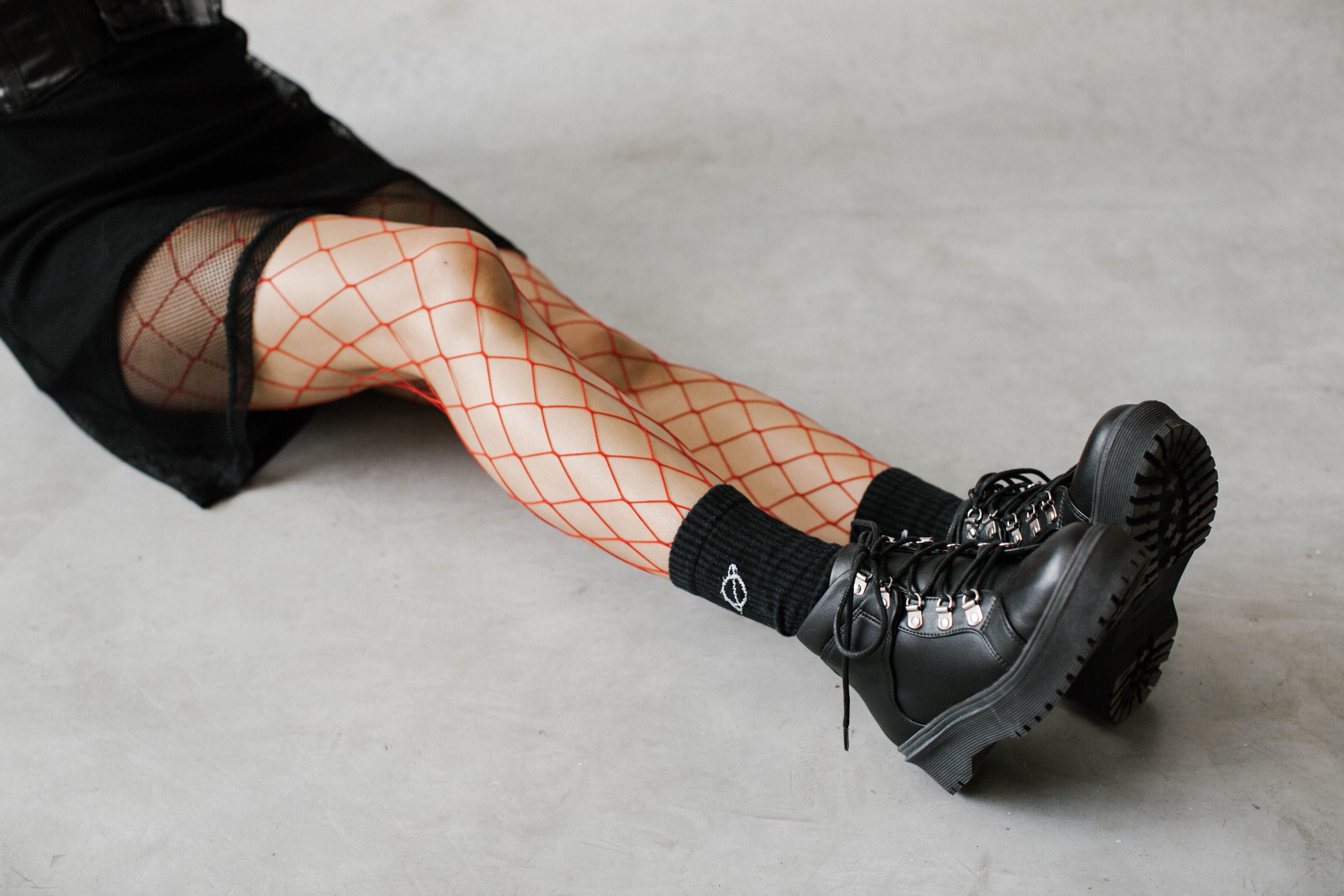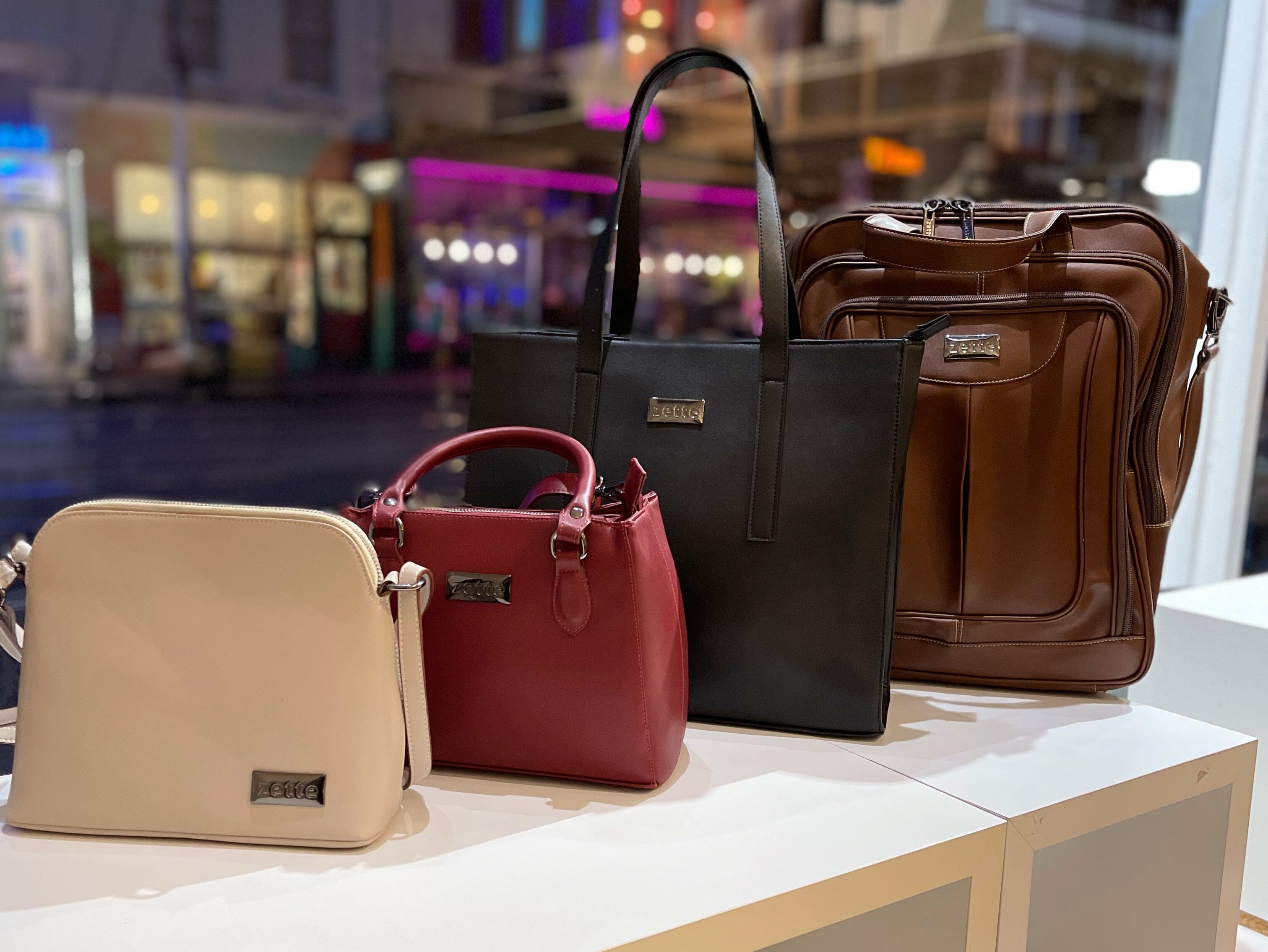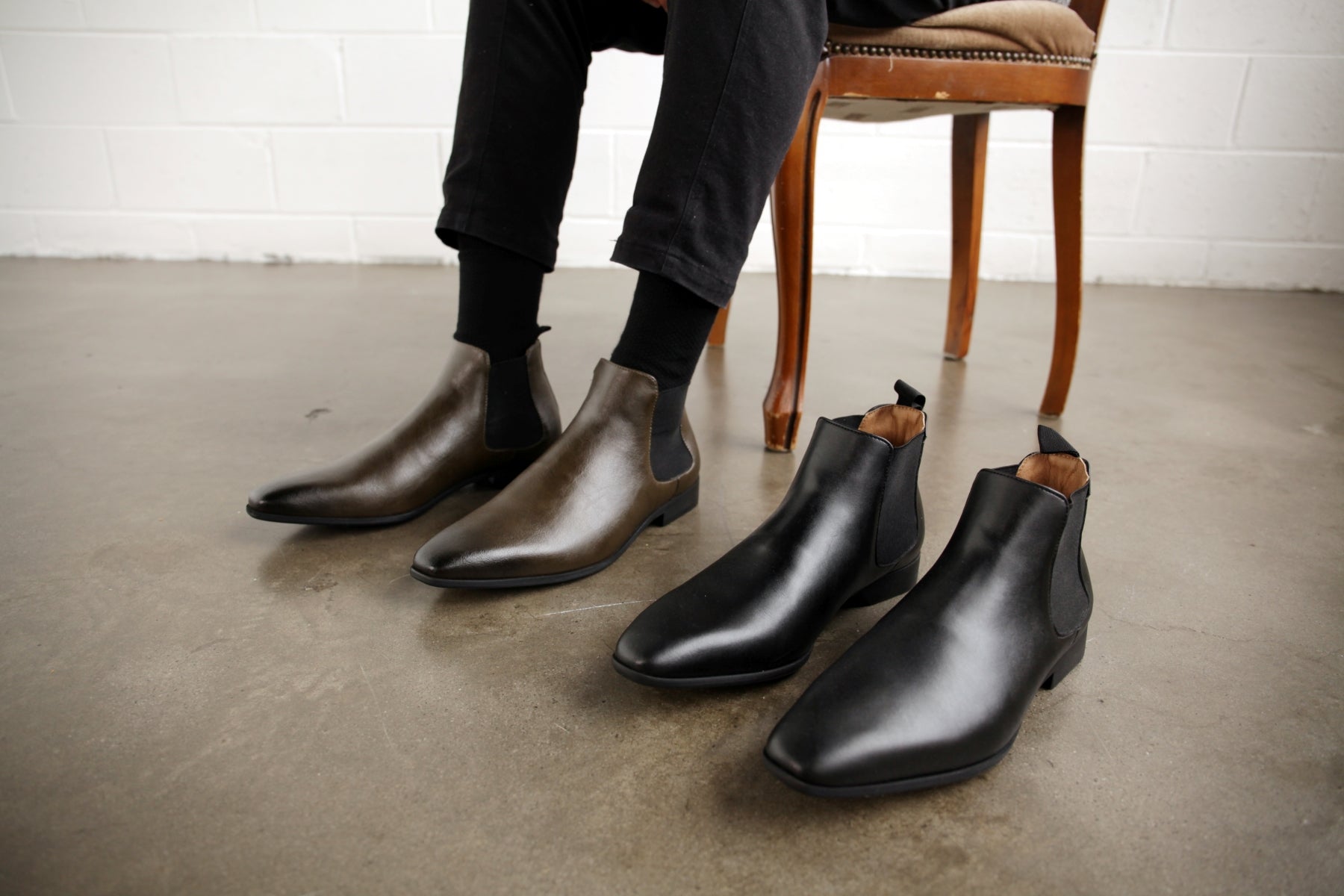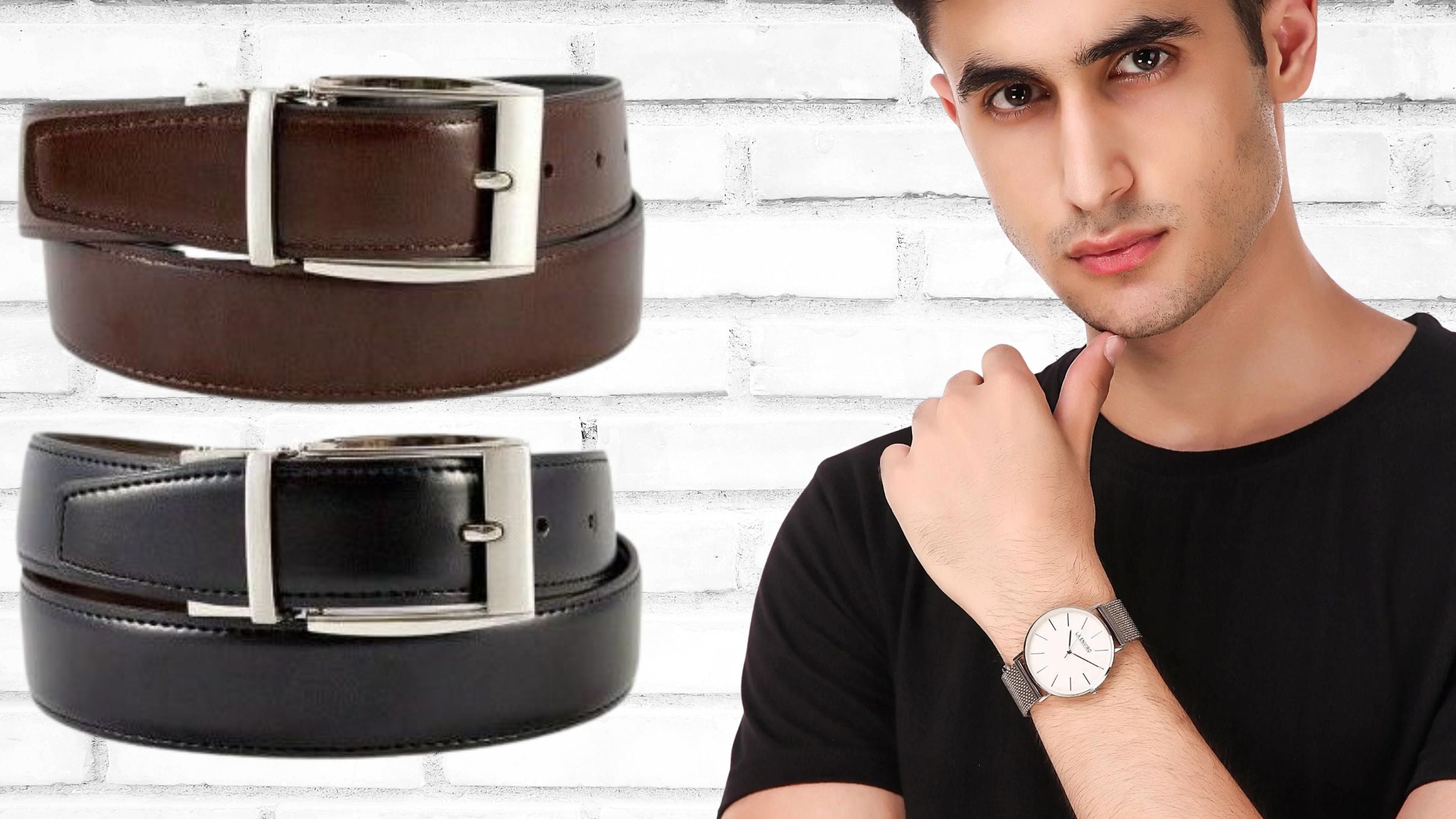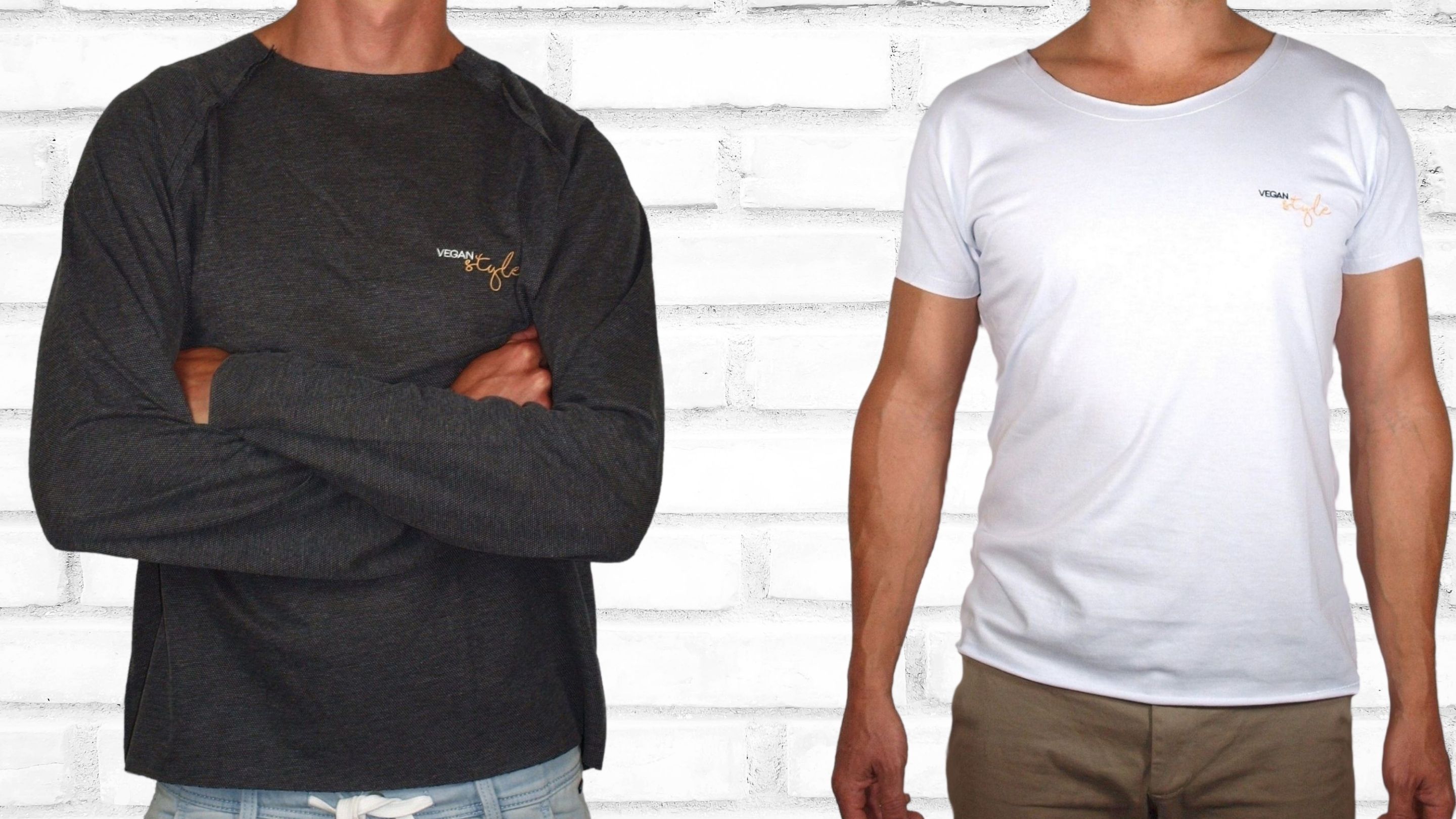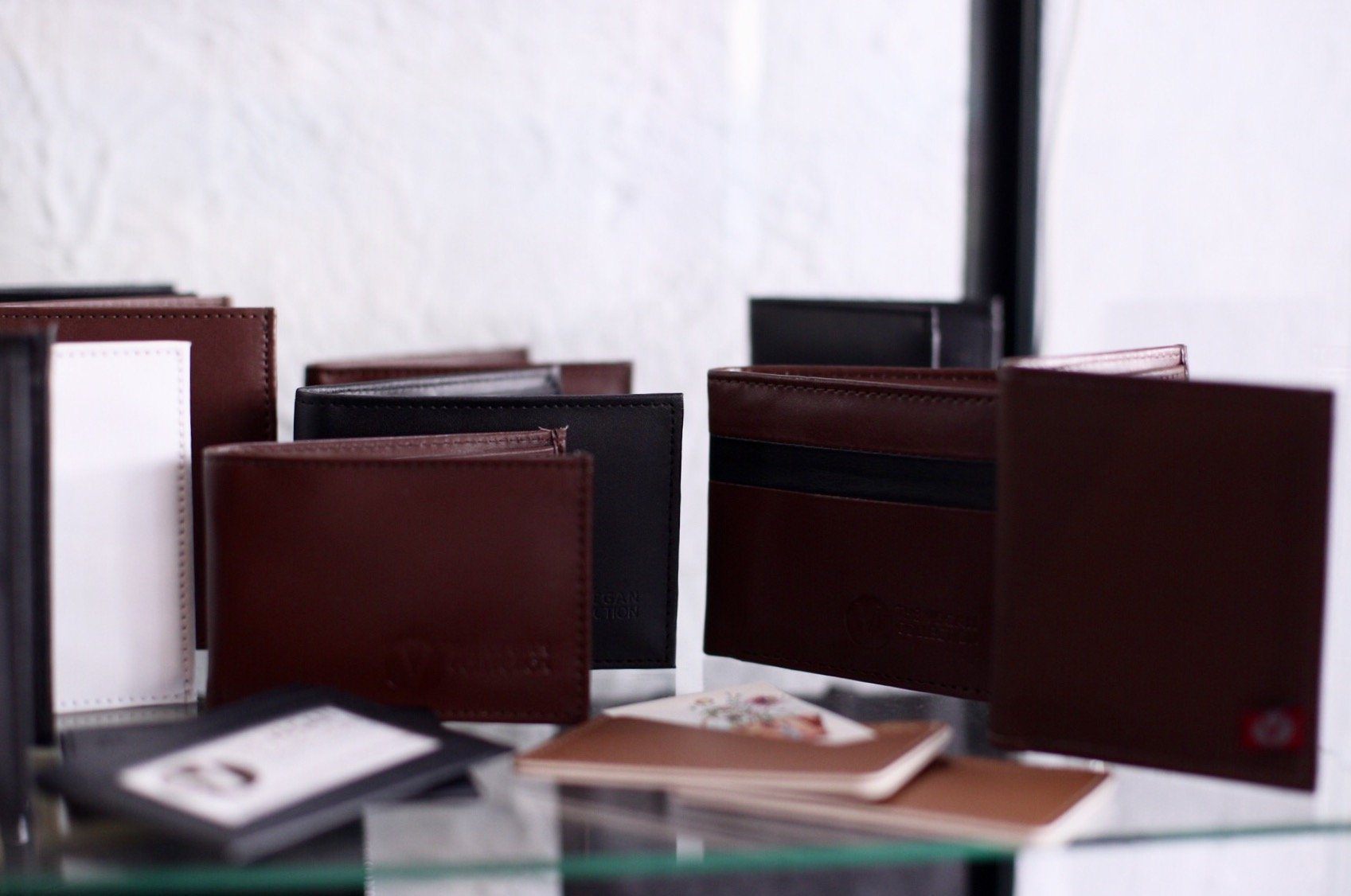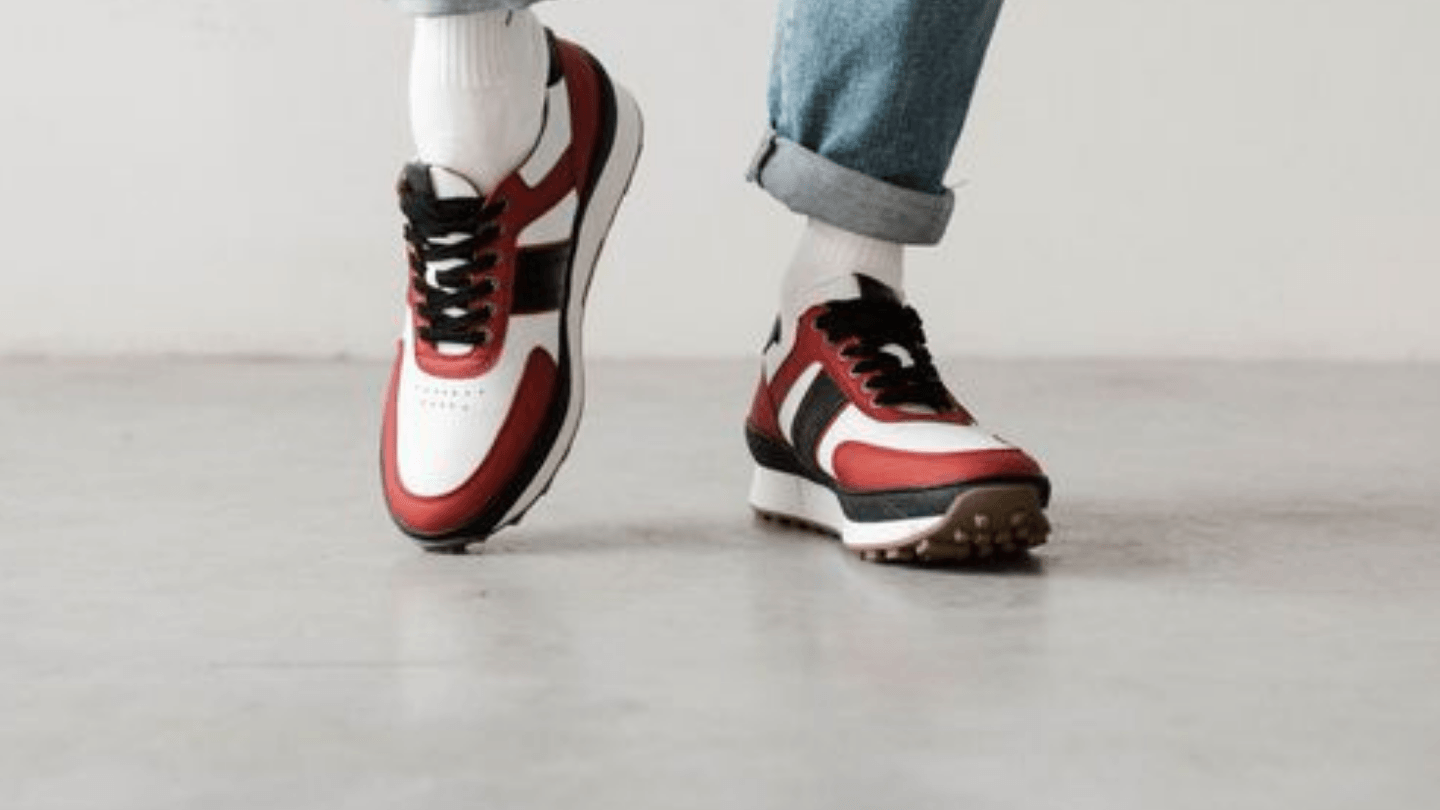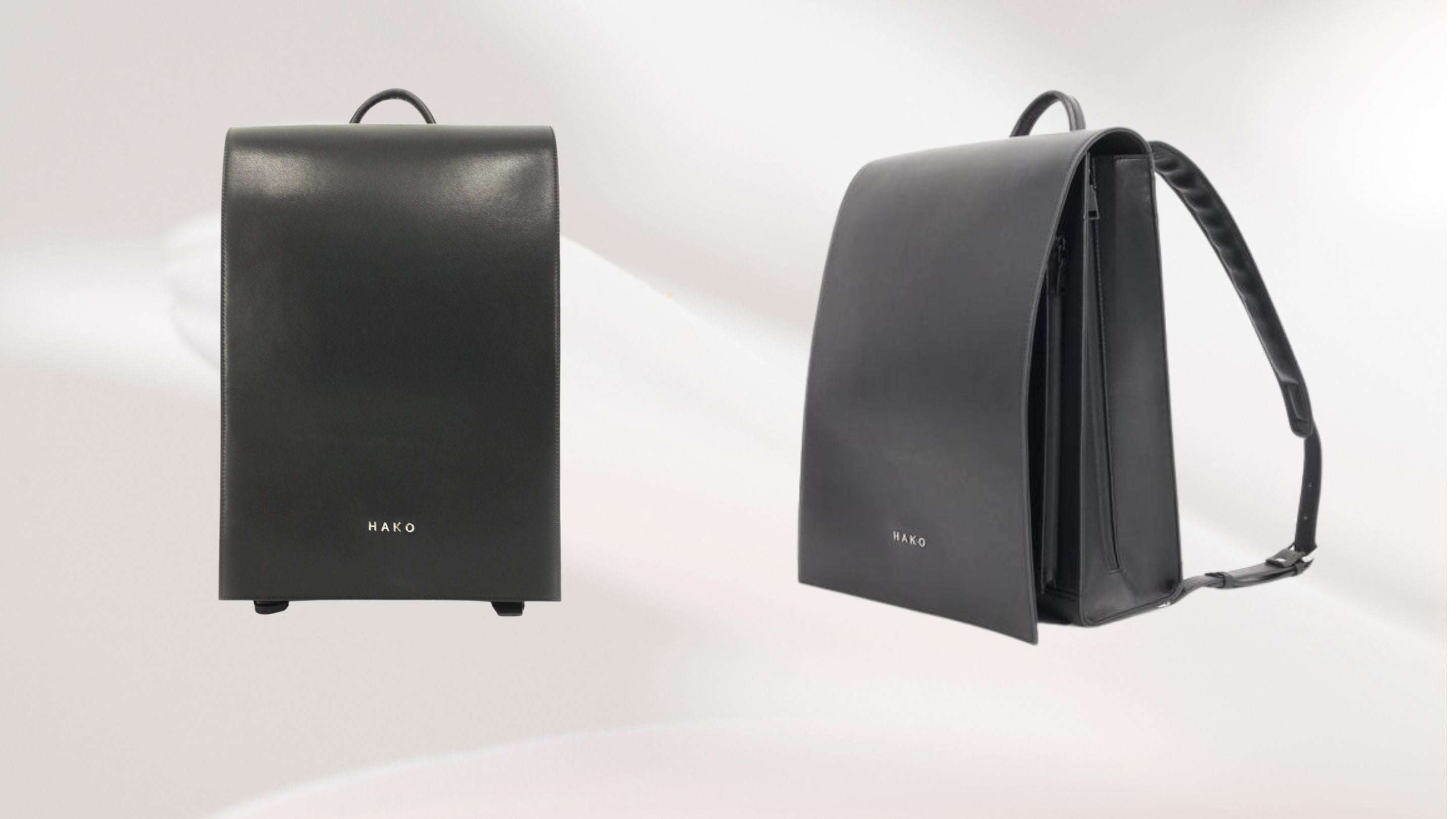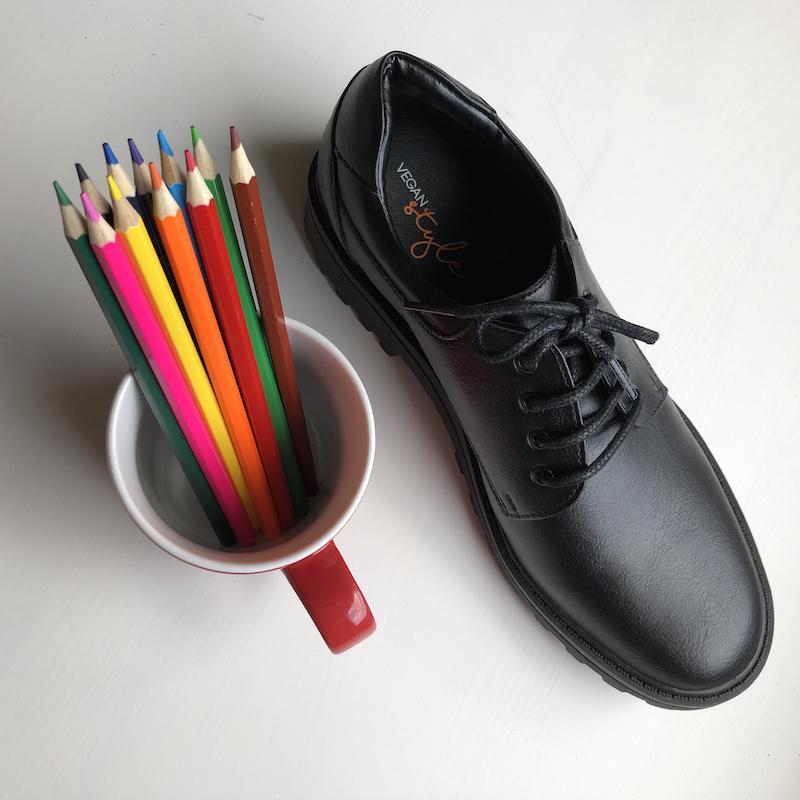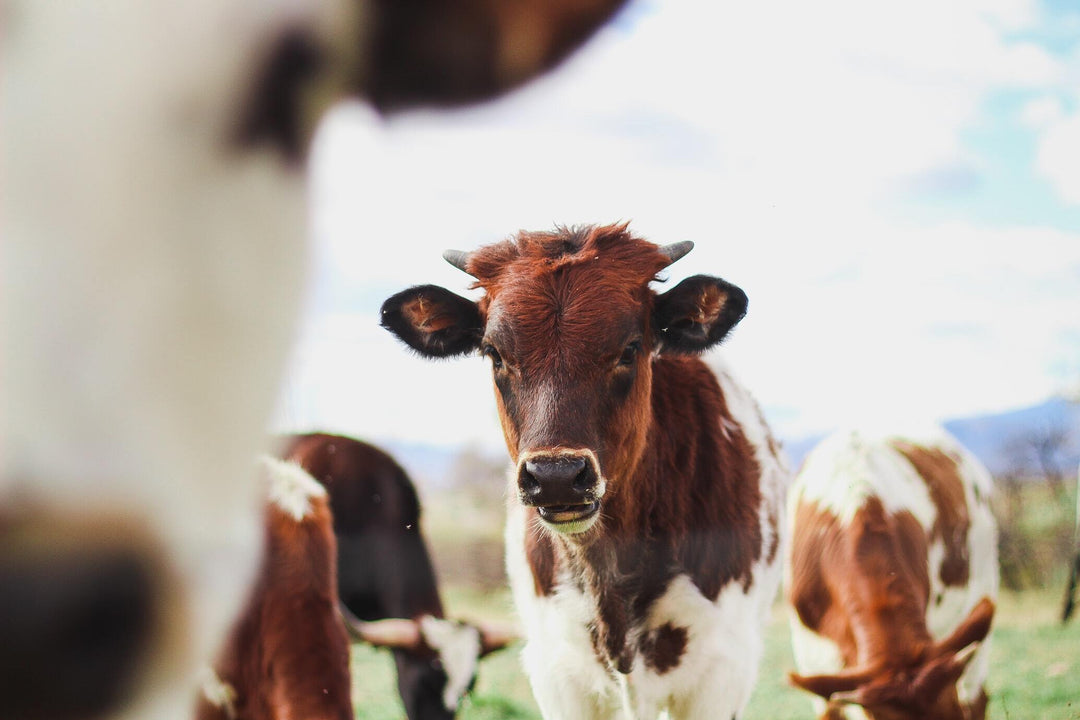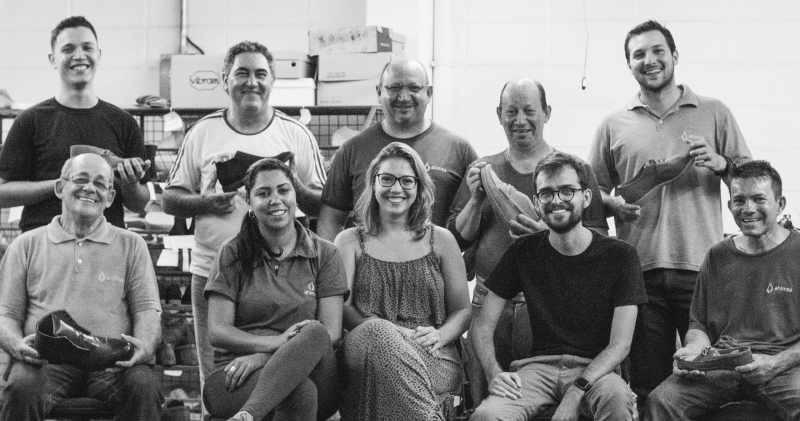Why We Don't Use Leather

Because we’re dedicated to offering shoes that are both ethical and sustainable, leather doesn’t belong in our store.
There are a multitude of reasons to avoid the use of leather in the creation of shoes – leather production harms humans, other animals and the planet alike.
Here are just some of the reasons we don’t use leather...

For the sake of animals:
- According to the United Nations, over 1.4 billion animals are slaughtered, their skin used for leather, every year.
- Leather is not a by-product, but a valuable co-product which helps to fund the slaughter of animals.
- Animals in leather supply chains are often mutilated and slaughtered in extremely painful ways, in part due to a lack of animal protection laws in top leather production countries.
- Some of the softest leather, which is sold as more 'luxurious' and 'high quality' is often made from newborn calves who are ripped from their mothers.
- Not only are ‘exotic skins’ made from reptiles like snakes and crocodiles sold by high-end brands, but a lack of labelling laws means it can be difficult to know what species skin is actually being used in leather – which is why sometimes even dog and cat skin has been found on sale.
- No individual, regardless of their species, should be reduced to a mere material. Animals exist in their own right, not to be killed for the sake of our desires.

For the sake of humans:
-
Slaughterhouse workers, who are a part of leather supply chains, often experience intense mental suffering, trauma and illness due to the violent nature of their work.
-
People working in tanneries to transform skin into leather – who are largely poor people of colour – often work in extremely unsafe working conditions, with toxic, carcinogenic chemicals.
- Not only are people working in tanneries at risk, with high rates of illness and mortality, their communities are too, due to intense environmental pollution.

For the sake of the planet:
- Environmental pollution from tanneries is so harmful to waterways, wider ecosystems and those living in it that more tanneries appear on the Environmental Protection Agency’s Superfund list than any other business type.
- To produce one pair of shoes made of cow skin leather, at least 7,612 litres of water is required. That’s about 14 times more than if using vegan leather.
- A pair of boots made of cow skin, 66kg of carbon equivalent emissions (CO2e) are emitted, equal to charging over 8,400 phones. Even synthetic leather boots emit only 9.5kg of CO2e.
-
Deforestation is a huge problem in the leather industry. 80% of clearing in the Amazon Rainforest is due to cattle ranching, 77% of habitable land around the world is used for animal agriculture, and many leather brands are tied to illegal deforestation which devastates biodiversity.
- If we transitioned to a plant-based production system by 2050, we could sequester up to 163% of our carbon emission budget to 1.5C. This is because animal agriculture is so land inefficient, we could produce the same amount of material for fashion and food on less land, allowing for rewinding and carbon sequestration.
For the sake of improvement and quality:
- The environmental credentials and quality of vegan leather is constantly improving. Today PU is far more common than PVC, and PU is increasingly being made in systems that are OEKO-TEX certified, or with the use of water-based or bio-based solvents, rather than fossil fuels.
- Steadily improving technology also means that vegan leather is becoming increasingly recycled and recyclable, with some vegan leather alternatives even being biodegradable.
- When quality vegan leather is cared for, it will last many years to come.
- Some new vegan leather is made from otherwise wasted organic matter from the fruit industry, from cacti which can sequester carbon, and mycelium, the root structure under mushrooms.

